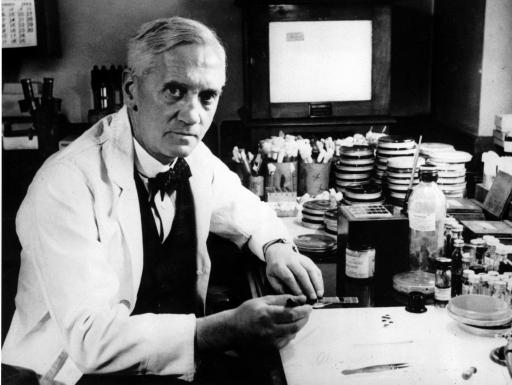The development of our world’s medical knowledge progressed in a rapid pace. It is no doubt that our modern expertise of medicine allows us to cure various diseases, which seems untreatable in the past. Thanks to the various medical professionals and scientists who contributed to the creation of different cures, drugs, and methodologies; we now enjoy a more efficient and easier way of treating illnesses. It useful to understand antibiotics, how they occur in nature so you can treat yourself naturally in an emergency for example and also understand the medications you are taking. One of the most significant medical invention that is used today is the antibiotic, which is now a common cure to diverse types of medical conditions.
What is Antibiotic?
Most of us may probably heard or seen an antibiotic used in treating various illnesses. For starters, antibiotics came from the Greek words: ‘anti’ and ‘bios,’ which means against and life, respectively. With this said, antibiotics are defined as a substance used against microbes.
The main use of antibiotic is to act as an antimicrobial agent to fight against bacteria, which cause infection to the body. With antibiotics, the spread of bacterial infection to the body could be eliminated, which helps the body to recover. Antibiotics hinder the bacterial activities in the body, wherein it kills or limits its growth. This process of inhibiting bacteria is effective in treating various medical conditions present in the body. Despite its strong antibacterial effects, antibiotic medications are not efficient toward viruses, which often require antiviral drugs.
Origins of Antibiotics
Interestingly, we can trace back the origins of antibiotics to thousands of years ago in ancient civilizations. Ancient Egypt and Ancient Greece are among the earliest nations which practiced the method of using mold and plant materials to treat infections. This early practice of treatment was the foundations of studying antibiotic drugs.
Fast-forward to the late 19th century, the study of antibiotics reached a milestone – thanks to the German physician and scientist, Paul Ehrlich. Ehrlich made a breakthrough in the development of antibacterial by presenting the idea that a chemical can be created to kill bacteria without harming the human body. Ehrlich focused on producing such drug capable of eliminating bacteria in the body. It didn’t take long when he succeeded in creating a medicinally useful drug; he made the first synthetic antibacterial organoarsenic compound salvarsan in 1907, which now known as arsphenamine.
Years later, various of studies were made to further improve the synthetic antibiotic. Ehrlich conducted several experiments with the Japanese bacteriologist Sahachiro Hata; they aimed to created a drug capable of treating syphilis. Both scientists were determined in creating the antibacterial drug, wherein they succeeded developing an antibiotic drug after their 606th attempt; they named it the drug “606.”
Because of the exceptional works of Ehrlich and Hata, both of them was suitable for a Nobel Prize. Ehrlich received his Nobel Prize in Physiology or Medicine in 1908; Hata was nominated in 1911 for the Nobel Prize in Chemistry and for the Nobel Prize in Physiology and Medicine the following years.
In addition to the works of Ehrlich and Hata, there are many more scientists who contributed to the development of antibiotics. However, there is one more scientist known for making a significant impact in the development of antibiotics; he is no other than Sir Alexander Fleming.
Fleming is one of the most popular scientists in the field of bacteriology; he made several studies regarding the topic and was often considered as the father of antibiotics. In 1928, Fleming made his speculation about the existence of penicillin, which is a molecule produced by molds and is used to break bacteria.
One of the most significant studies made by Fleming was his work on Penicillium chrysogenum, wherein he observed that the substance made an impact in the growth of bacteria – stopping and inhibiting them. He continued to study the properties of the mold substance, and he speculated that it is capable of producing an antibacterial substance, which he called “Penicillin.” Fleming succeeded in understanding the biological characteristics of the Penicillin; however, he was unable to further develop the substance, which required a help from trained chemists.
After the work of Alexander Fleming, many other scientists continued to develop and understand the biological compounds of penicillin. Years later, other drugs were developed, which succeeded the penicillin, called the Penicillin G. As expected, many other scientists attempted to perfect the use of antibiotics to treat various types of diseases, which are present in our modern world.

